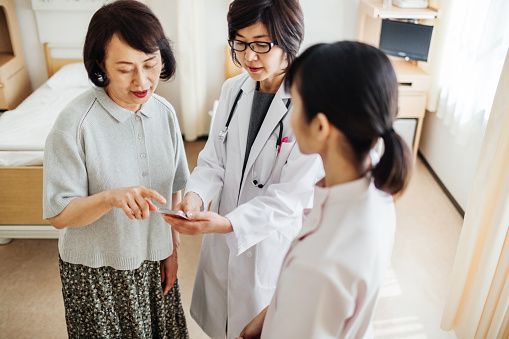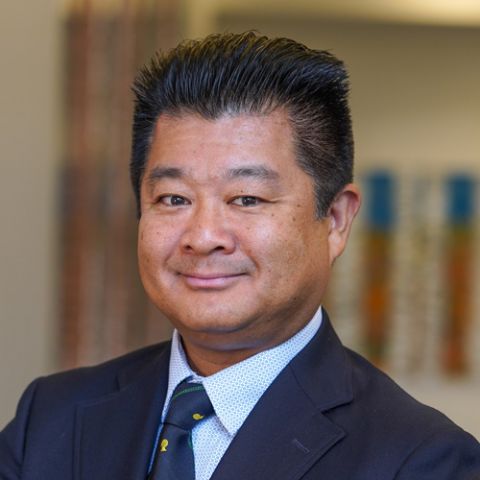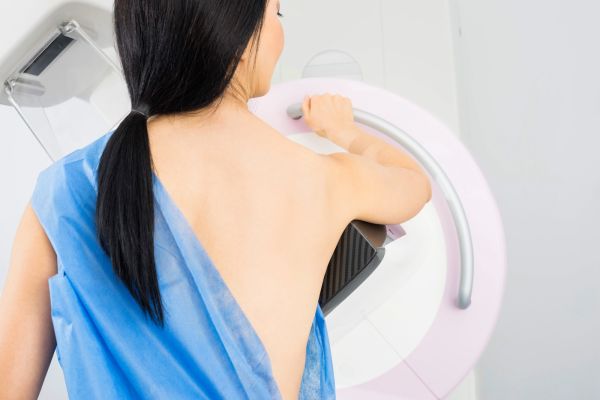Dr. Kazuki Takabe explains why a strong relationship between American and Japanese oncologists is mutually beneficial to both Japanese and Asian-American Women
Two of the biggest factors that influence your cancer risk are genetics and lifestyle. While you have some control over your lifestyle, the culture and environment in which you live largely dictates your lifestyle choices. That’s part of the reason why studies have found a large difference in breast cancer rates among American and Japanese Women—American women are four to five times more likely to be diagnosed with breast cancer.
“In general, 1 out of 8 women in the U.S. will be diagnosed with breast cancer in their lifetime. In Japan, that is 1 out of every 38, but it was even less a decade ago,” says Kazuki Takabe, MD, Clinical Chief of Breast Surgery at Roswell Park Comprehensive Cancer Center.
Traditionally, American women have a higher intake of saturated fats and drink more alcohol compared to Japanese women, whose diets are largely soy-based. Japanese women also walk more and have children later in life. While these and other lifestyle factors have contributed to the stark difference in breast cancer rates between the two countries, the rate of breast cancer has been going up in Japan and is being attributed to the rise of Western influence on the Japanese culture.
“The fact is that three or four decades ago, there was less breast cancer in Japan, so there must be some environmental changes that are causing this,” says Dr. Takabe. “It's been said that the Western lifestyle and diet contribute to this high incidence rate. In Japan, as the younger generations are adopting the American culture, diet and habits, the breast cancer rate is increasing.”
Never miss another Cancer Talk blog!
Sign up to receive our monthly Cancer Talk e-newsletter.
Sign up!Genetics also plays a significant role for Japanese and Asian-American women.
The most common subtype of breast cancer found in Japanese woman is called triple-negative breast cancer (where the breast cancer cells tested negative for estrogen receptors, progesterone receptors and HER2). According to Dr. Takabe, triple-negative breast cancer is the hardest subtype of breast cancer to treat.
As breast cancer rates in Japan creep closer to Western, it’s mutually beneficial that oncologists in Japan and the U.S. have a strong relationship.
“The United States population is made up of multiple races, and when we’re trying to develop a new drug, we do clinical trials to make sure that it actually works. Clinical trials in the U.S. are proportional to the general public, so there will be many white people, but Asian Americans account for less than 10 percent, so when we see the results, Asian Americans are less represented and may respond differently to the treatment than the general public. This is why conducting clinical trials in Asian countries with their population is very important,” says Dr. Takabe.
“Currently there are fewer clinical trials carried out in Japan, so we are trying to get Japanese institutions involved in U.S. clinical trials and facilitate more clinical trials in Japan.”
Dr. Takabe is playing a significant role in this relationship. Early this year he was in Washington, D.C., for a U.S. and Japanese clinical workshop, and in July he will be speaking at the largest breast cancer conference in Japan. “I am invited as a keynote speaker in Japan’s Breast Cancer Society Meeting. In that meeting, I am hoping to deliver the latest research in the practice done in here at Roswell, and also exchange ideas on ways that we can better treat patients in the future.”


